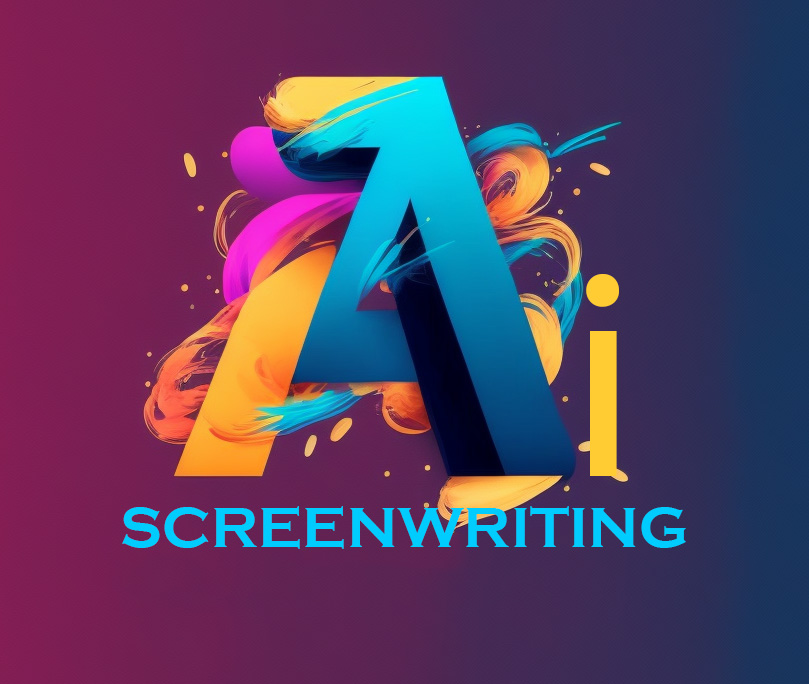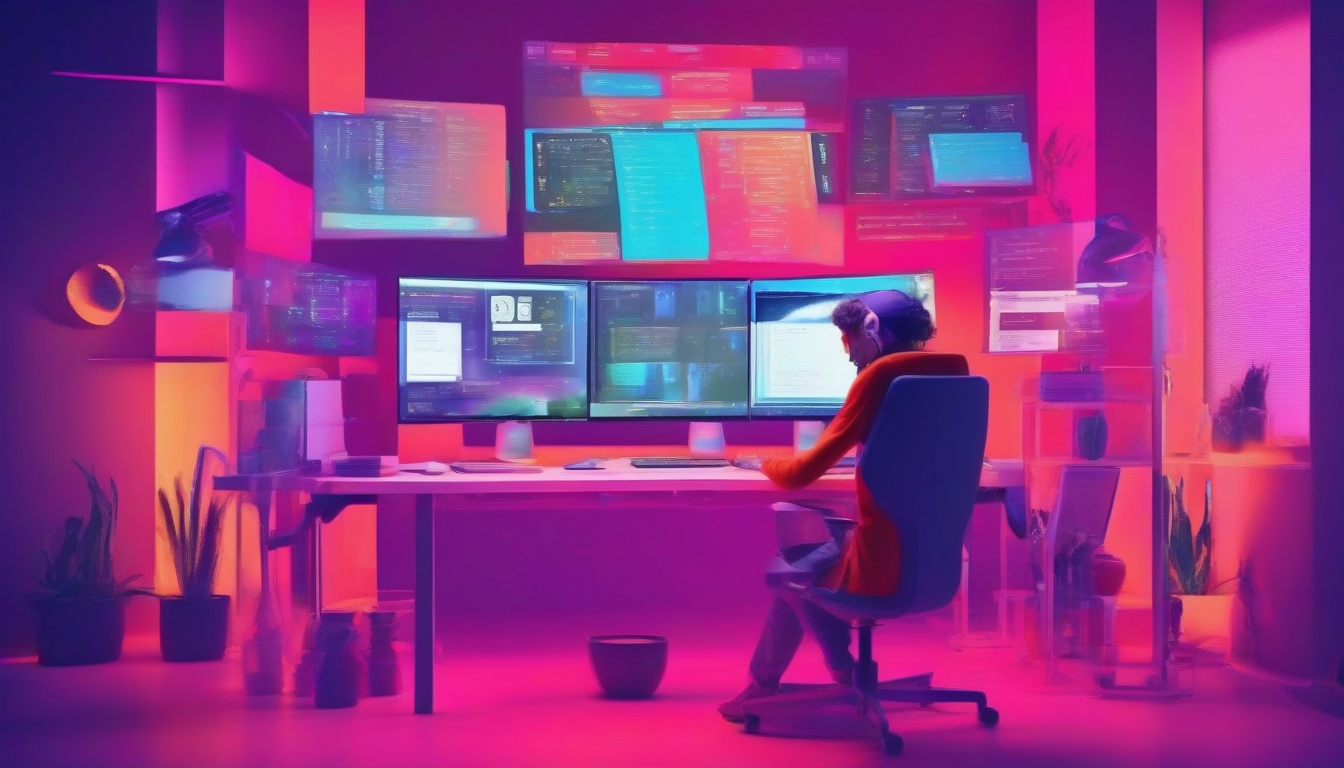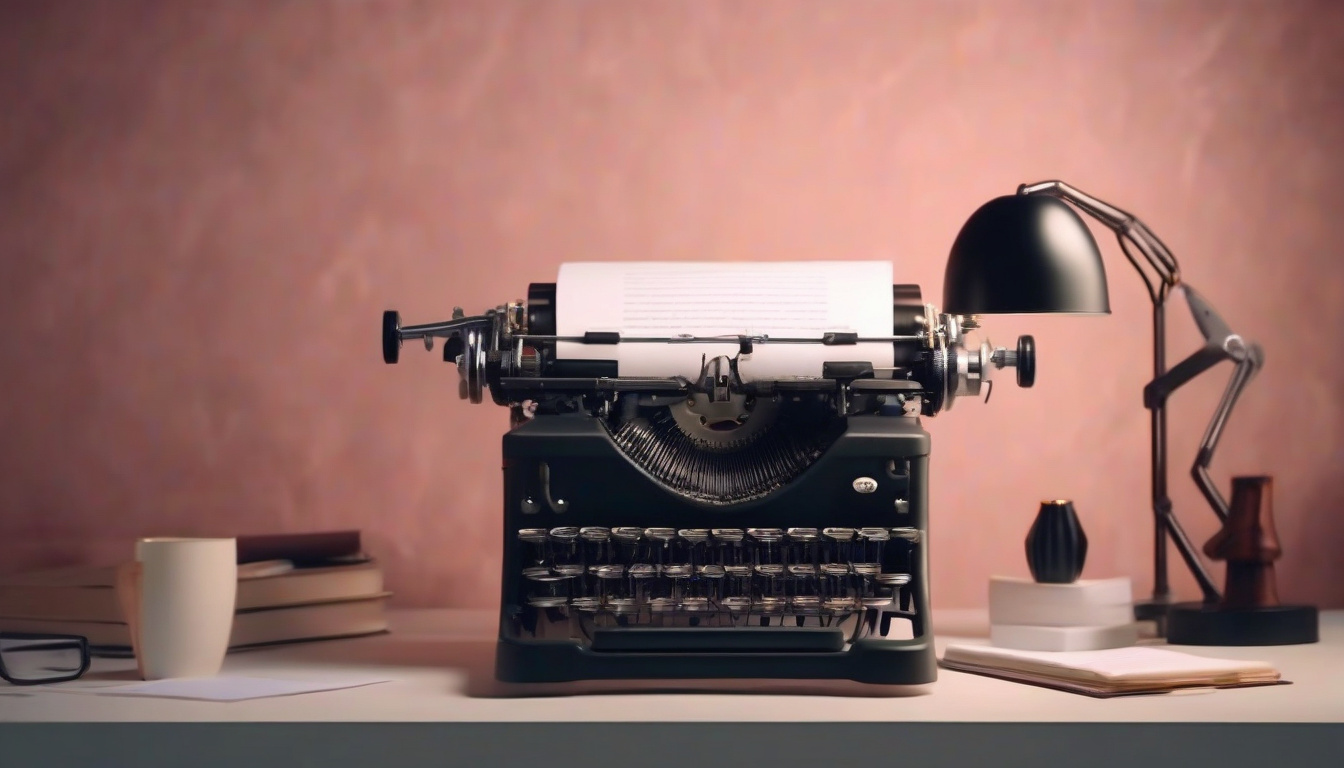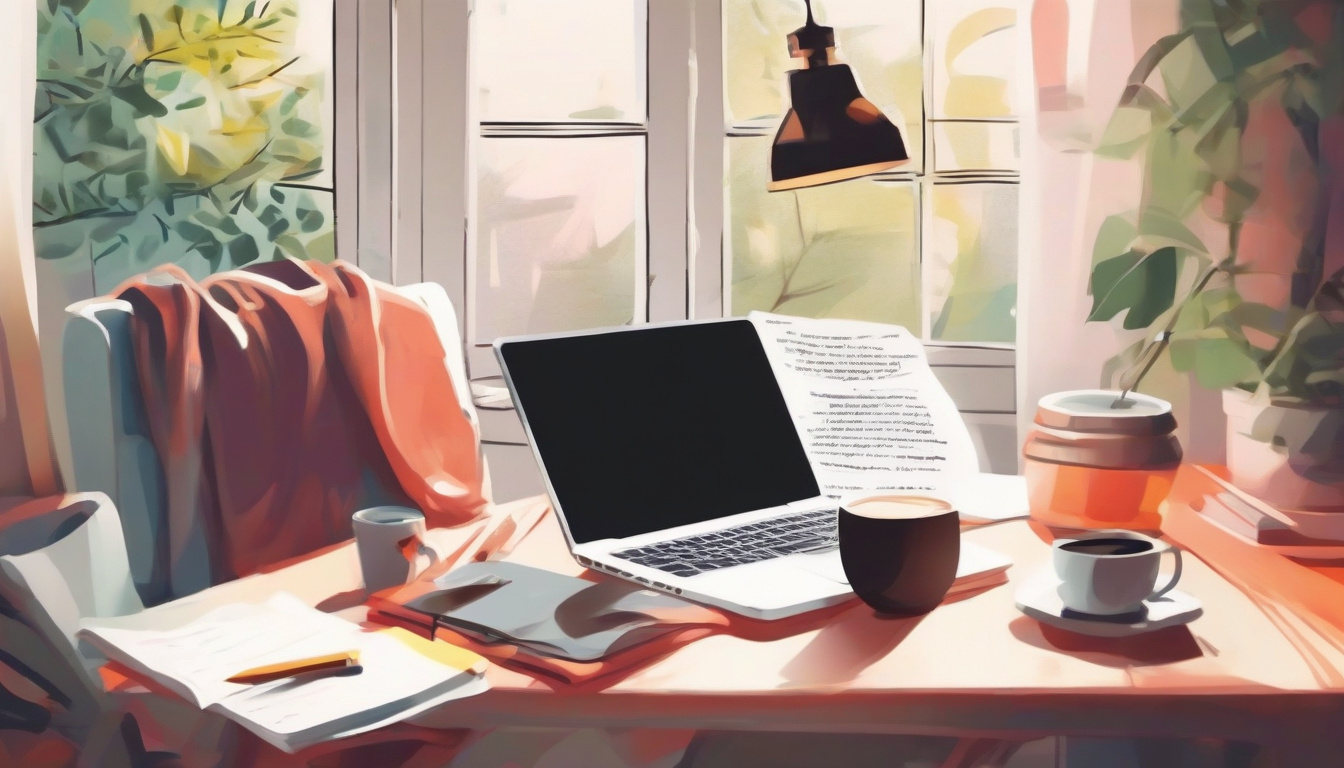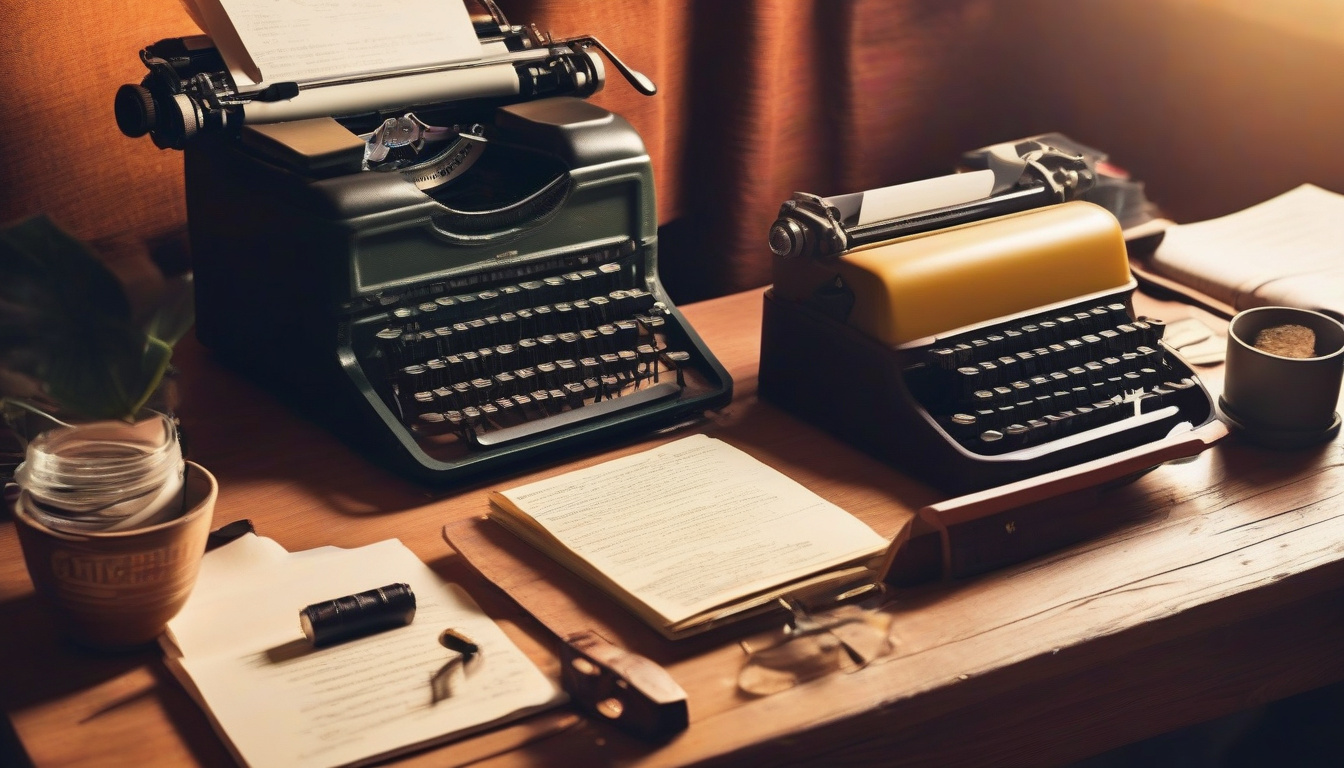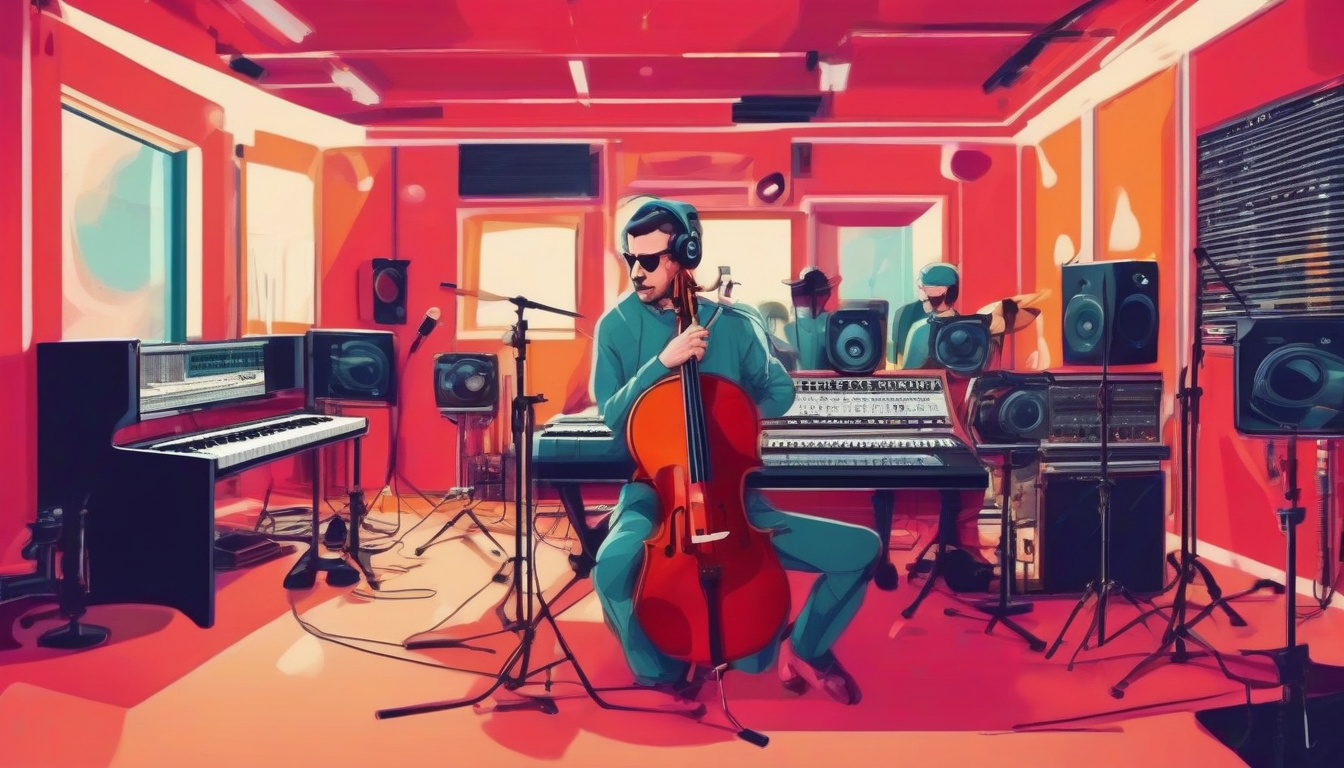
When it comes to elevating the emotional impact of a film, film scoring plays a pivotal role. A well-crafted soundtrack doesn’t just accompany the visuals; it intensifies storytelling, defines characters, and enhances the cinematic experience. In this article, we will explore fundamental film scoring techniques designed to help you create epic movie soundtracks that resonate with audiences and leave a lasting impression.
Understanding Film Scoring: The Heartbeat of Cinema
Film scoring refers to the process of composing original music specifically tailored to a movie’s narrative and emotional arcs. The composer’s job is to create music that complements the story, reflects the mood of each scene, and supports the director’s artistic vision.
From subtle background textures that build tension to sweeping orchestral themes that evoke heroism, film scoring shapes how audiences perceive and connect with the story. Mastering this craft requires a blend of musical knowledge, storytelling insight, and technical skills.
1. Analyzing the Film’s Narrative and Emotional Landscape
The first step in any film scoring project is thoroughly understanding the film’s narrative. This includes:
- Scene-by-scene breakdowns: Identify the key emotional beats and plot points.
- Character themes and motifs: Determine how each main character’s personality can be expressed musically.
- Genre conventions: Recognize the typical musical styles that suit the film’s genre (e.g., orchestral for epic fantasy, synth-based for sci-fi).
By establishing these elements early, you can create a cohesive musical framework that aligns closely with the director’s vision.
2. Choosing Instruments and Sounds to Set the Tone
Your choice of instrumentation is crucial in shaping the soundtrack’s overall tone. Traditional orchestral instruments like strings, brass, and percussion are staples in epic film scores, evoking grandeur and emotional depth.
However, don’t shy away from incorporating unconventional or electronic instruments to give your score a unique edge. For example:
- Ethnic instruments can add cultural context.
- Synthesizers and sound design elements can create futuristic or otherworldly atmospheres.
- Hybrid combinations can modernize traditional scoring techniques.
Selecting the right palette of sounds ensures that each scene’s mood is perfectly underscored.
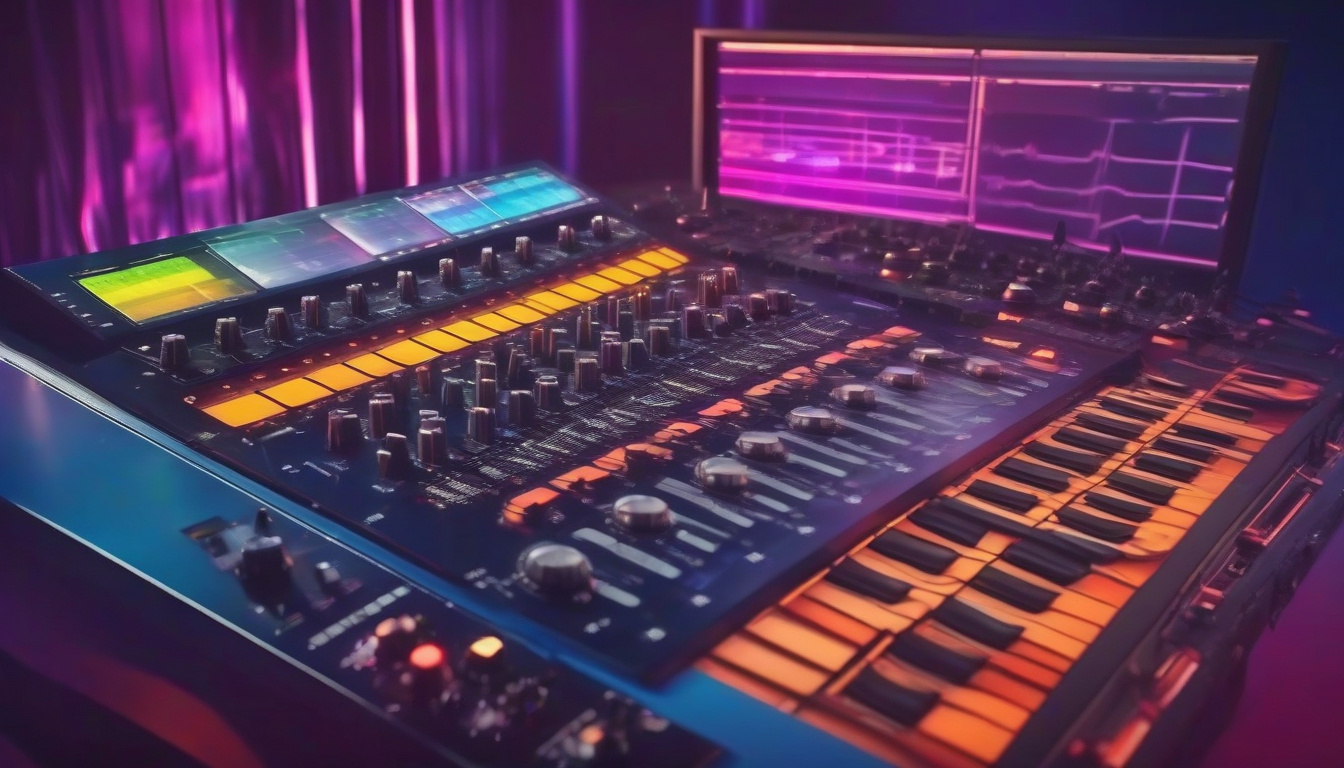
3. Leveraging Leitmotifs to Enhance Storytelling
One of the classic film scoring techniques involves the use of leitmotifs—distinctive musical themes associated with specific characters, locations, or ideas. These motifs act as auditory symbols that reinforce storytelling by:
- Creating recognition and emotional connection.
- Indicating character presence or transformation.
- Unifying the soundtrack across disparate scenes.
Think of John Williams’ iconic motifs in Star Wars, such as the ‘Force Theme,’ which instantly aligns the audience with the saga’s heroic spirit.
4. Building Dynamic Textures Through Layering and Orchestration
Epic soundtracks often feature complex layers of musical textures that evolve throughout the film. Techniques to create such dynamic soundscapes include:
- Layering multiple instrument sections to create a fuller, richer sound.
- Varying orchestration between scenes for contrast, such as sparse strings for intimate moments or full brass ensembles for climaxes.
- Using counterpoint and harmonic tension to build suspense or release emotional energy.
Proper orchestration ensures that your score feels alive and engaging rather than monotonous.
5. Syncing Music Precisely to On-Screen Action
Timing is critical in film scoring. Music must align with visual cues, dialogue timing, and scene transitions. Achieve this synchronization by:
- Spotting the film with the director to decide when music should start and stop.
- Using precise timecodes and stem tracks during composition.
- Employing techniques like “Mickey Mousing,” where music closely follows every movement or action, often used in animation or comedic sequences.
Meticulous syncing enhances the immersive quality of the film’s soundtrack.
6. Utilizing Silence and Space to Maximize Impact
Sometimes, the absence of music can be just as powerful as its presence. Strategic use of silence or minimal soundscapes allows important moments to breathe and heightens audience attention.
Don’t feel pressured to fill every second with music. Well-placed pauses create contrast and can make epic musical entrances even more impactful.
Essential Film Scoring Techniques Checklist
When creating an epic movie soundtrack, consider these practical points:
- Understand the story deeply before composing.
- Develop memorable leitmotifs for key characters/themes.
- Choose instrumentation thoughtfully to convey emotion and tone.
- Layer instruments to build texture and dynamics.
- Precisely synchronize music to the film’s visual and narrative cues.
- Use silence and minimalism intentionally for dramatic effect.
FAQ: Film Scoring Techniques
Q1: What software is best for film scoring?
A1: Popular digital audio workstations (DAWs) for film scoring include Logic Pro, Cubase, and Pro Tools. These platforms support MIDI orchestration, audio recording, and video playback essential for syncing music to picture.
Q2: How do composers create themes for characters in film scoring?
A2: Composers use leitmotifs—short, memorable melodic or harmonic ideas—to represent characters. These motifs are developed and varied throughout the score to mirror character development.
Q3: Can film scoring be done with minimal instruments and still sound epic?
A3: Absolutely. Epic scores don’t always require full orchestras. Creative use of minimal instruments, clever layering, and effects can produce powerful, emotionally charged soundtracks.
Why Film Scoring Remains Integral to Cinematic Success
Film scoring is much more than just background music—it is an essential narrative element that communicates what words and images alone cannot. For instance, a study by Berklee College of Music highlights that audiences process music in films as closely tied to emotional and cognitive understanding, significantly influencing their engagement (source).
Cultivating strong film scoring techniques allows composers to craft soundtracks that truly elevate the film experience, transforming stories into unforgettable adventures.
Conclusion: Start Crafting Your Epic Soundscape Today
Whether you are an aspiring composer or a filmmaker seeking to sharpen your understanding of film music, mastering film scoring techniques is your gateway to creating epic movie soundtracks that captivate and move audiences. By combining storytelling insight, thoughtful instrumentation, thematic consistency, and precise synchronization, your scores will not only support your films—they will become a defining element of cinematic art.
Ready to bring your visuals to life with breathtaking soundscapes? Dive into the world of film scoring today, experiment with these techniques, and compose your next unforgettable epic soundtrack!
